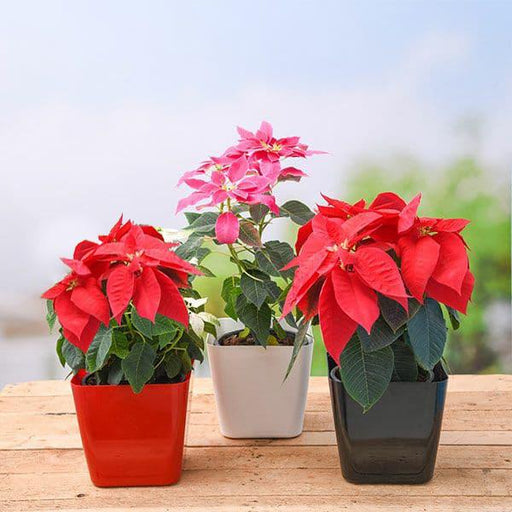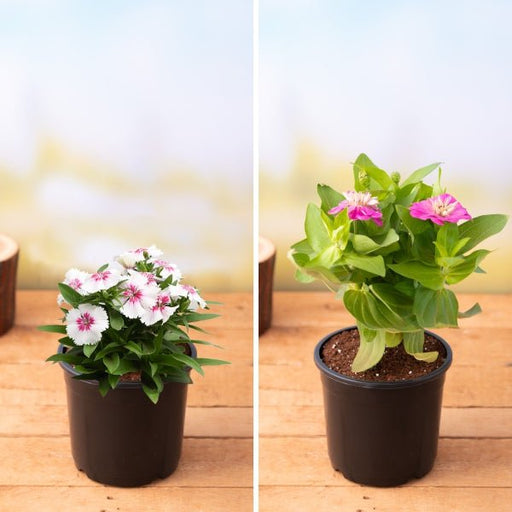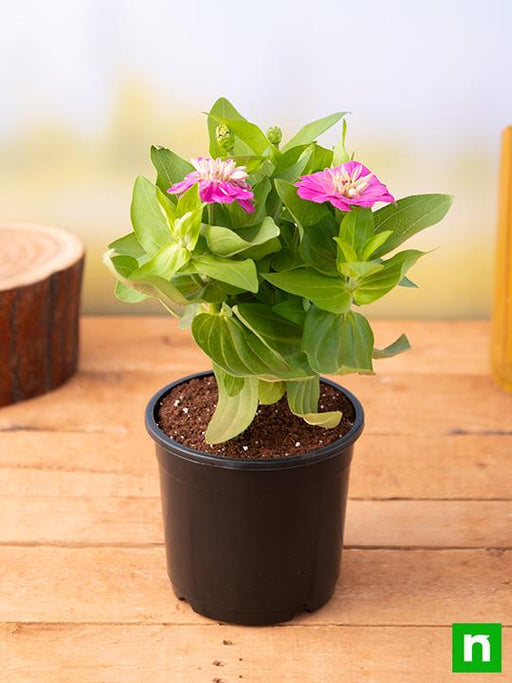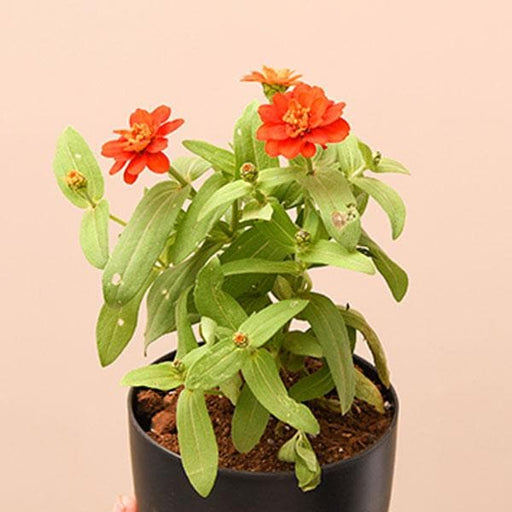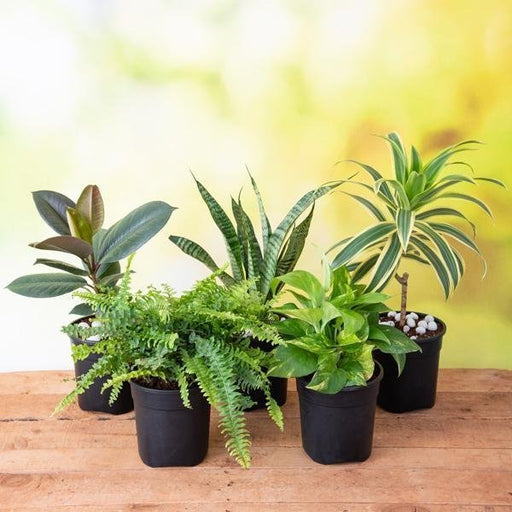Zinnia Flower Seeds
Zinnia flower seeds are a popular choice among gardeners because they are easy to grow and produce vibrant and colorful flowers. They come in a variety of shapes, sizes, and colors, and can be planted in containers or directly in the ground.
Zinnia Flowers Care
Zinnia flowers require minimal care, making them a popular choice among busy gardeners. They thrive in well-drained soil and full sun, and can be watered regularly to keep the soil moist. Deadheading the flowers can also help promote new growth and prolong the blooming period.
Zinnia Annual Plants
Zinnia plants are annuals, which means they complete their life cycle in one growing season. They are typically planted in the spring and bloom throughout the summer and fall, providing a long-lasting display of color in the garden.
Zinnia Cut Flowers
Zinnia flowers are a popular choice for cut flower arrangements because they have long stems and a long vase life. They come in a range of colors, from bright yellows and oranges to deep purples and reds, making them a versatile choice for any floral arrangement.
Zinnia Garden Design
Zinnias can be used in a variety of garden designs, from traditional cottage gardens to modern landscapes. They look great when planted in mass, and can also be used to create colorful borders or as accent plants in mixed garden beds.
Zinnia Planting Tips
Zinnias are easy to grow from seed and can be sown directly in the ground after the last frost. They prefer well-drained soil and full sun, and should be watered regularly to keep the soil moist. Deadheading the flowers can also help promote new growth and prolong the blooming period.
Zinnia Varieties
Zinnias come in a wide variety of colors and sizes, from dwarf varieties that are perfect for containers to tall varieties that can grow up to 3 feet tall. Some popular varieties include the Benary's Giants, the Zahara series, and the Profusion series.
Zinnia Pest Control
Zinnias are generally resistant to pests and diseases, but can occasionally be affected by powdery mildew or spider mites. To prevent these issues, make sure the plants are well-spaced and receive adequate air circulation, and avoid overhead watering.
Zinnia Companion Plants
Zinnias can be planted with a variety of other annuals and perennials to create a colorful and diverse garden. Some good companion plants for zinnias include cosmos, marigolds, and sunflowers.
Zinnia Fertilizer
Zinnias do not require a lot of fertilizer, but can benefit from a balanced, water-soluble fertilizer applied once a month during the growing season. Avoid over-fertilizing, as this can lead to excessive foliage growth at the expense of flowers.
Zinnia Propagation
Zinnias can be propagated by taking stem cuttings or by dividing the plants in the spring. To take stem cuttings, simply cut a 4-6 inch stem from the plant and remove the bottom leaves. Place the cutting in a container filled with moist potting soil and keep it in a warm, bright location until roots develop.
Zinnia Container Gardening
Zinnias are well-suited for container gardening and can be planted in pots or hanging baskets on a sunny patio or balcony. Choose a container with good drainage and use


